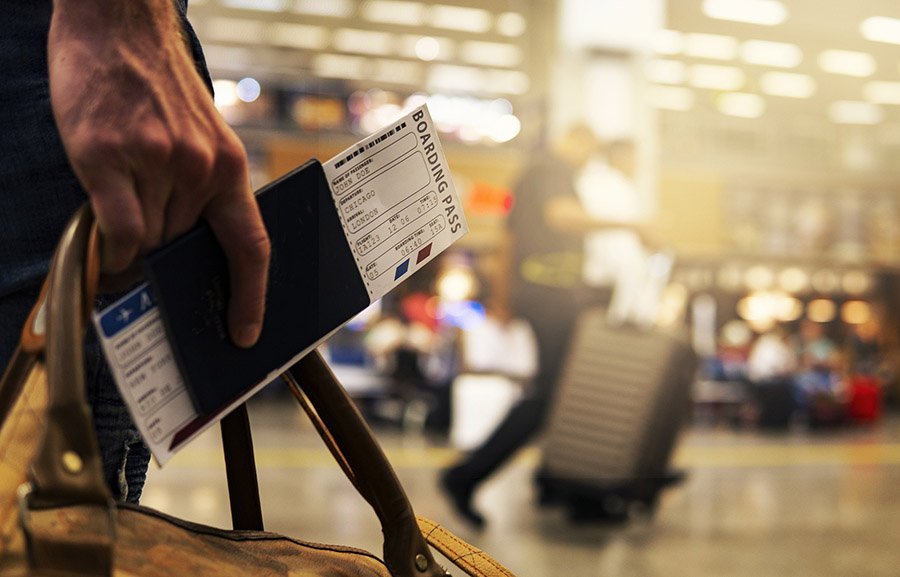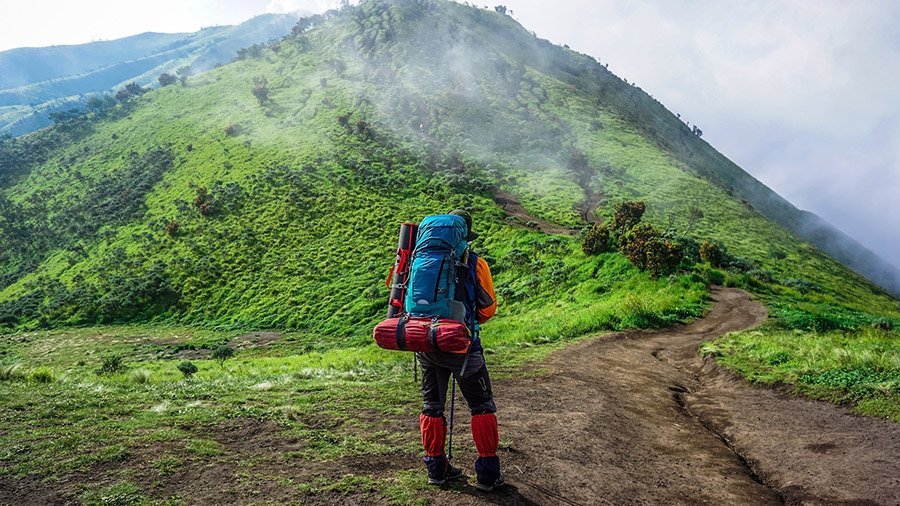How to Successfully Board A plane with a Hiking Backpack as Carry On
Planning to bring your hiking backpack as carry-on luggage for your next flight? It’s a great idea to keep your essential gear within easy reach, but it’s important to understand airline rules and regulations to avoid any last-minute surprises at the airport. Size and weight limits, along with TSA guidelines, will determine what you can bring on board. Follow this guide to ensure a smooth boarding experience with your hiking backpack.
Boarding a Plane with a Carry-On Hiking Bag
Know and Stick to the Weight Limit for Carry-On Luggage
One of the most important things to keep in mind is the weight of your carry-on backpack. Most airlines have strict limits, and exceeding them could result in your backpack being checked as cargo, incurring extra fees and increasing the risk of losing your gear.
Generally, airlines allow carry-on luggage to weigh up to 10 kg (22 lbs), though some airlines are more generous and allow up to 15 kg (33 lbs). However, others are more concerned with the dimensions of the bag rather than its weight. It’s essential to check both weight and size requirements before packing.

Here’s a quick look at the carry-on specifications for some popular airlines:
- Frontier Airlines: Weight limit: 35 lbs. Dimensions: 24″ H x 16″ W x 10″ L.
- American Airlines: No weight limit, but dimensions must be within 22″ H x 14″ W x 9″ L.
- Delta Air Lines: Weight limit: 22 lbs (10 kg). Dimensions: 22″ H x 14″ W x 9″ L. If flying from Singapore, the weight limit is reduced to 7 kg (15.4 lbs).
- United Airlines: No weight limit, but carry-on must fit within 22″ H x 14″ W x 9″ L. Note that economy passengers may not be allowed a carry-on, unless they are traveling internationally or are MileagePlus members.
To avoid any issues, aim to keep your hiking backpack under 22 lbs and ensure it fits within the airline’s size limits. If your airline permits more weight, take advantage of it, but don’t overpack.

Keep Essential Gear in Your Carry-On
Once you know the weight and size limits, it’s time to decide what to pack in your carry-on backpack. Prioritize the items you cannot afford to lose, such as:
- Important documents
- Electronics (camera, phone, power bank)
- Clothing layers (jacket, hat)
- Snacks and water bottle (empty before security)
- First aid kit
Separate your gear into two categories: essentials and non-essentials. Keep the essentials in your carry-on and pack the non-essentials in your checked luggage. If you’re worried about your checked luggage being damaged, consider using a protective cover or purchasing an inexpensive temporary suitcase for your less valuable items.
What to Pack in Your Carry-On Hiking Backpack
It’s essential to know what items are allowed in your carry-on to avoid trouble at security checkpoints. Here’s a general guide:
Allowed Items
- Liquids under 100 ml (3.4 oz): This includes toiletries like toothpaste, sunscreen, deodorant, and shampoo bars.
- Personal items: Watches, compasses, sunglasses, small clothes, and hiking boots.
- Insect repellents and roll-ons: These are typically allowed, but keep them under the liquid limit.
Prohibited Items
- Knives, firearms, and hatchets: These must be packed in your checked luggage. Firearms require proof of ownership and a valid license.
- Sharp objects: Trekking poles, pickaxes, arrows, and potty trowels must be checked.
- Pepper spray: Anything containing more than 2% capsaicin is prohibited.
- Bear bangers and explosives: If you need bear repellents, purchase them at your destination, as airlines don’t allow explosive items in carry-on or checked luggage.
When in doubt, check with your airline or TSA guidelines to confirm whether a particular item is allowed. It’s better to be safe than sorry.

Opt for Frequent Resupplying
Instead of packing all your food and gear for the entire trip, consider planning resupply points along your route. This strategy can significantly reduce your backpack’s weight and make your travel more comfortable.
Frequent resupplying allows you to:
- Carry less weight
- Enjoy fresher meals
- Experience a psychological boost from taking a short break and changing your surroundings
Taking a quick detour to a local store for supplies can be refreshing and motivating. It’s a great way to enjoy a hearty meal or grab items you couldn’t carry initially.
Final Thoughts
Traveling with a hiking backpack as carry-on luggage is entirely possible if you follow airline rules. Keep your bag within the weight and size limits, prioritize essential items, and avoid packing prohibited gear.
In most cases, you’ll need both a carry-on backpack and checked luggage to transport all your hiking equipment. The key is to pack smart and follow the airline’s guidelines to ensure a hassle-free experience. Happy travels and happy hiking!








